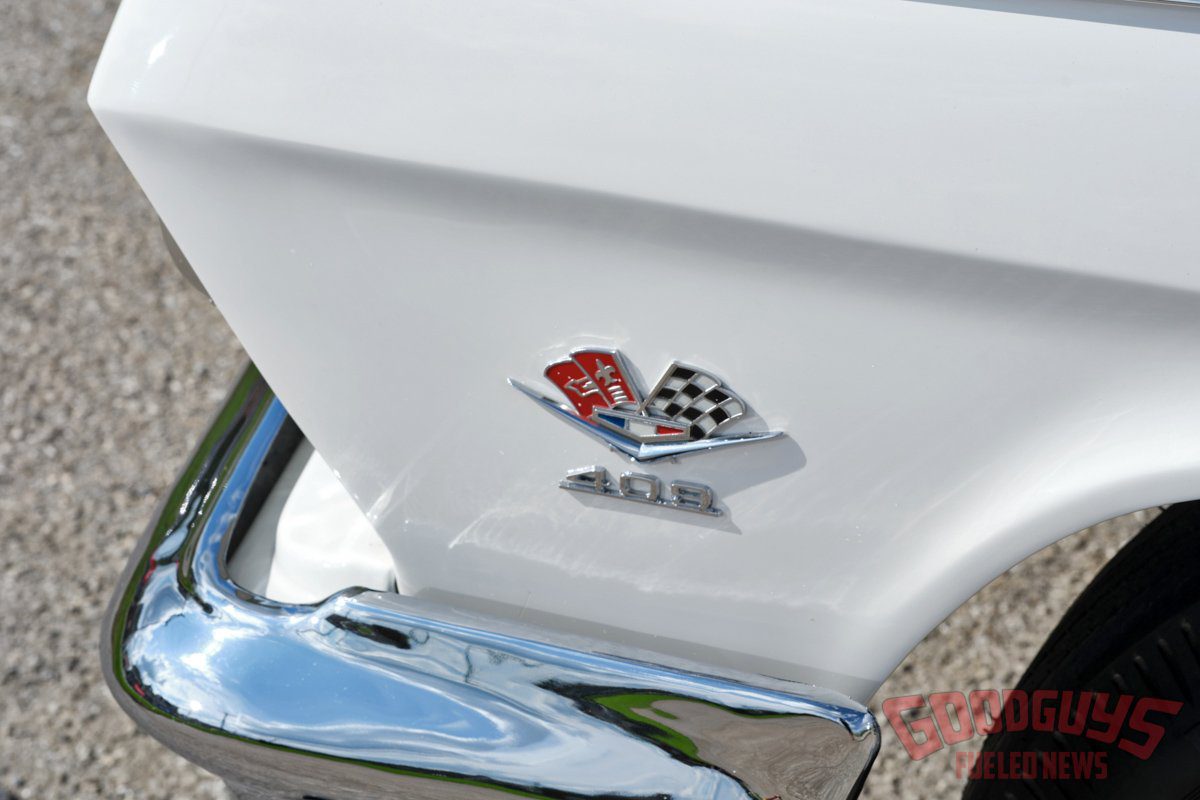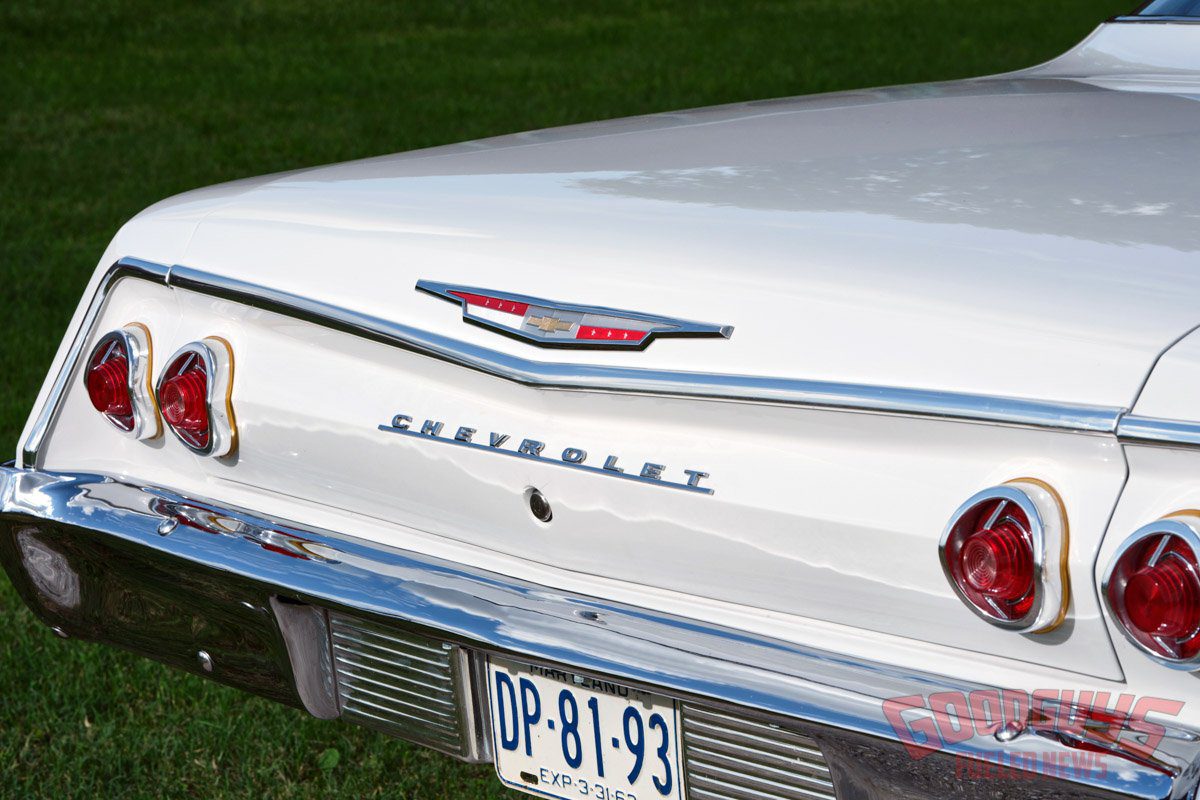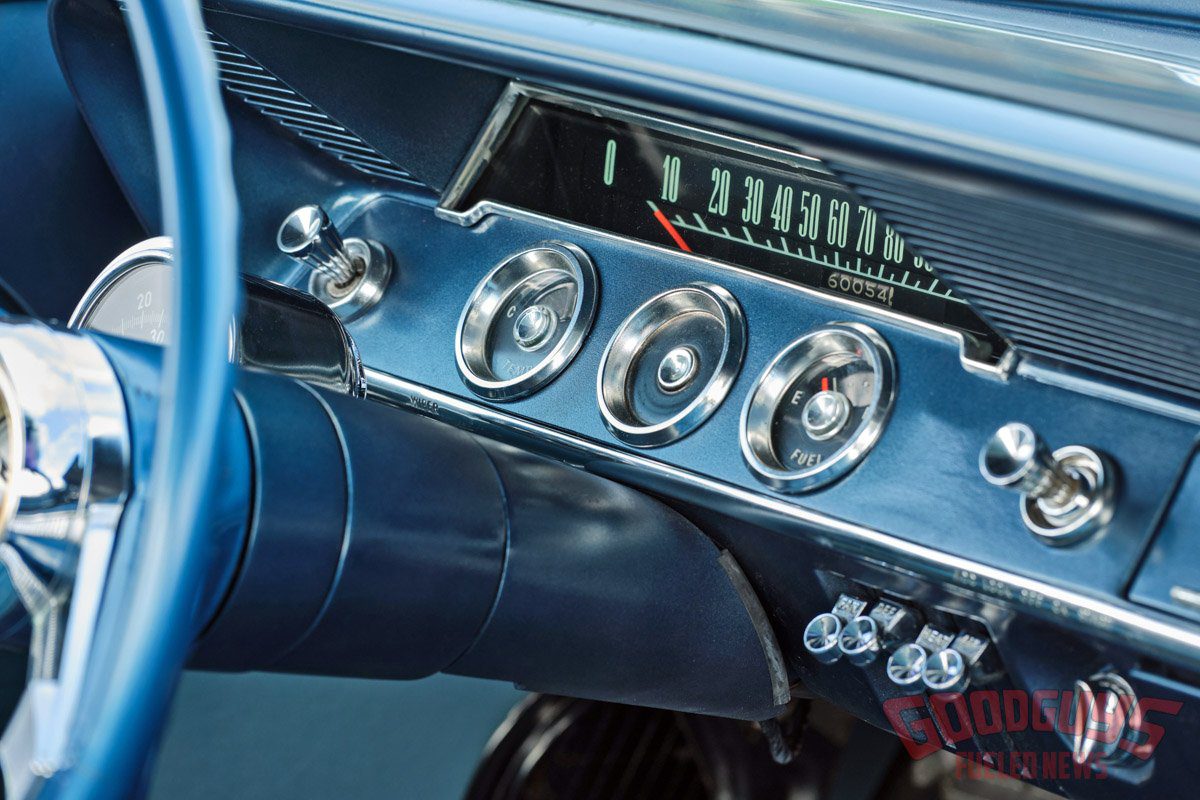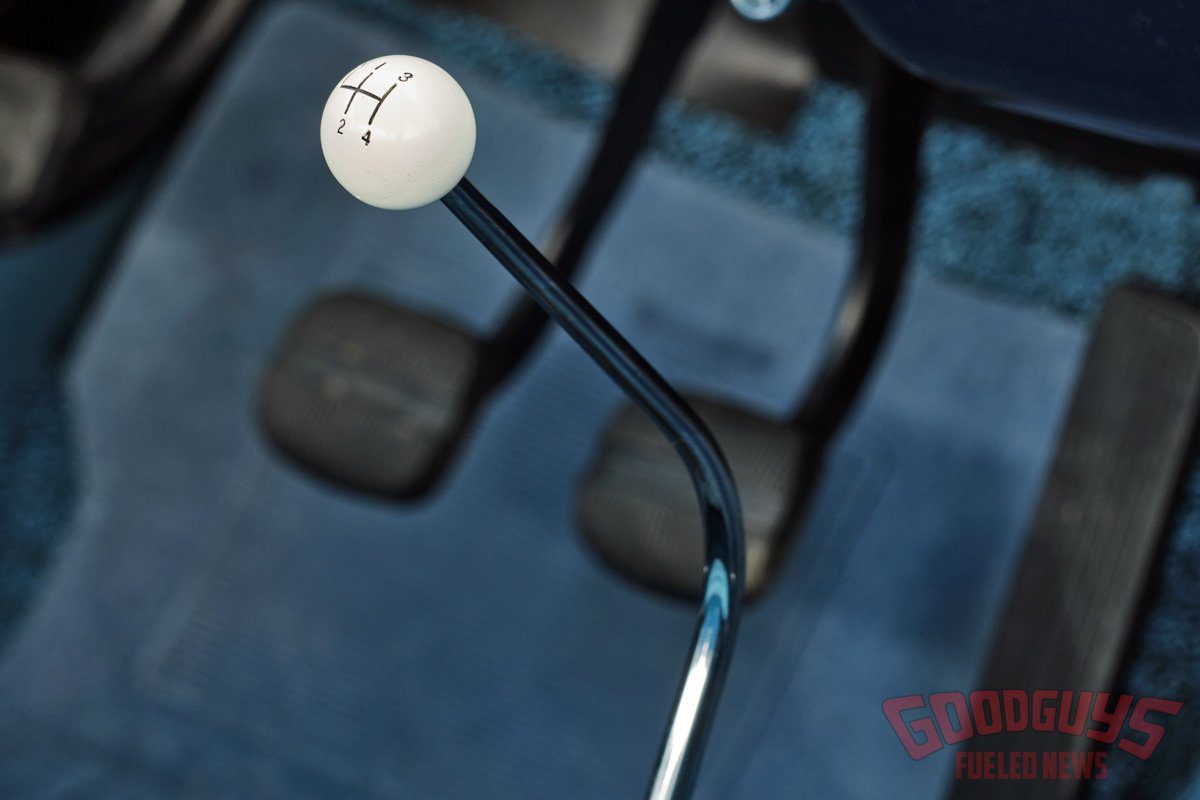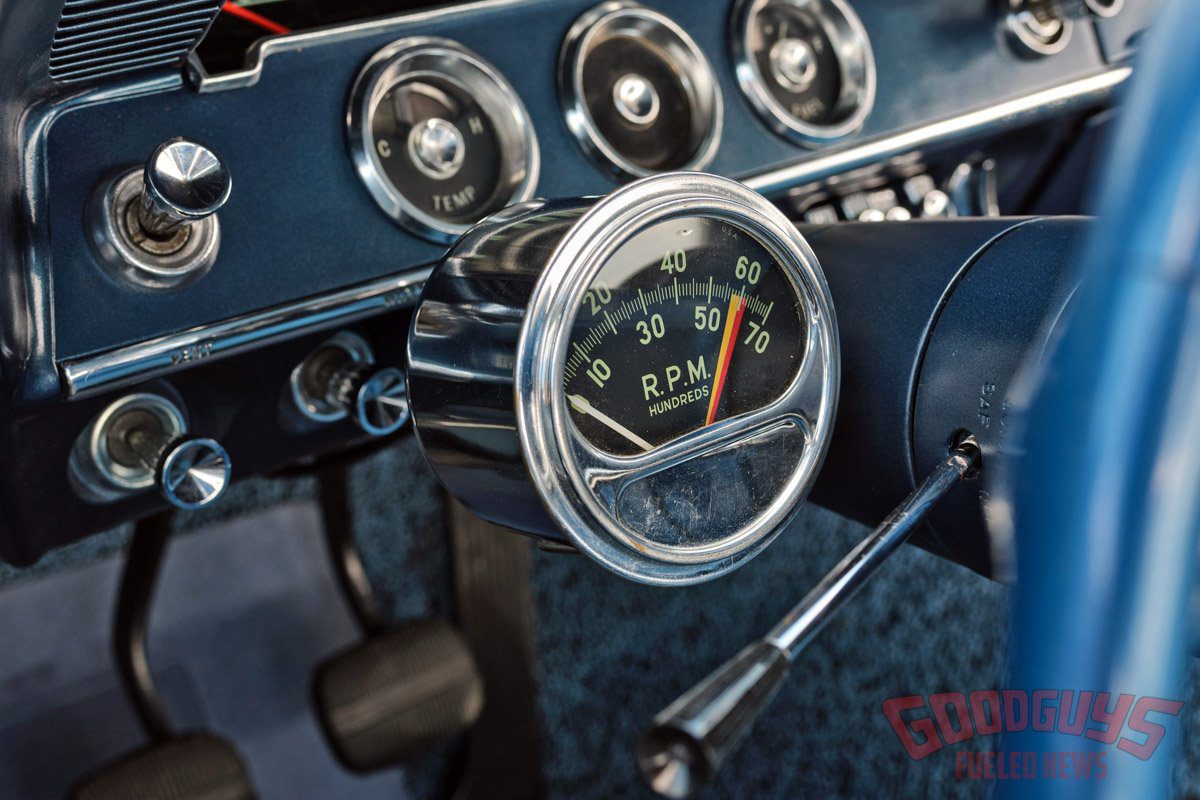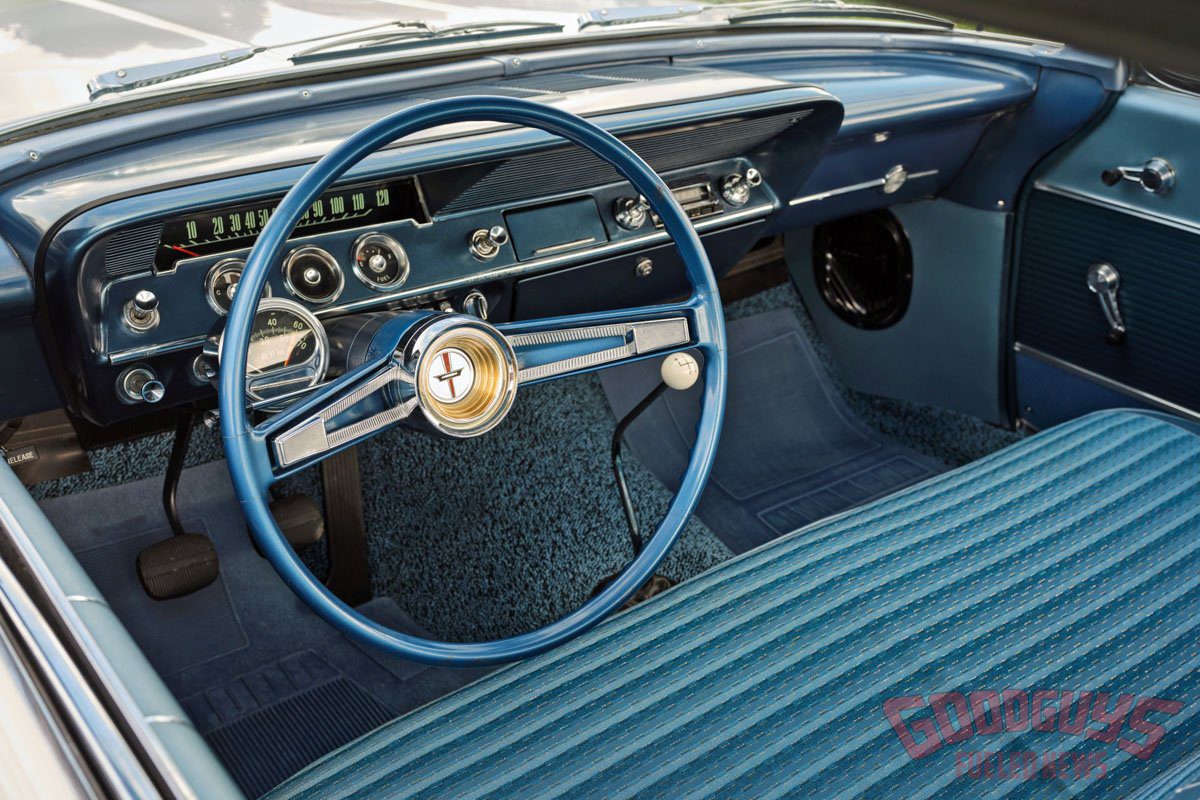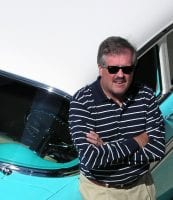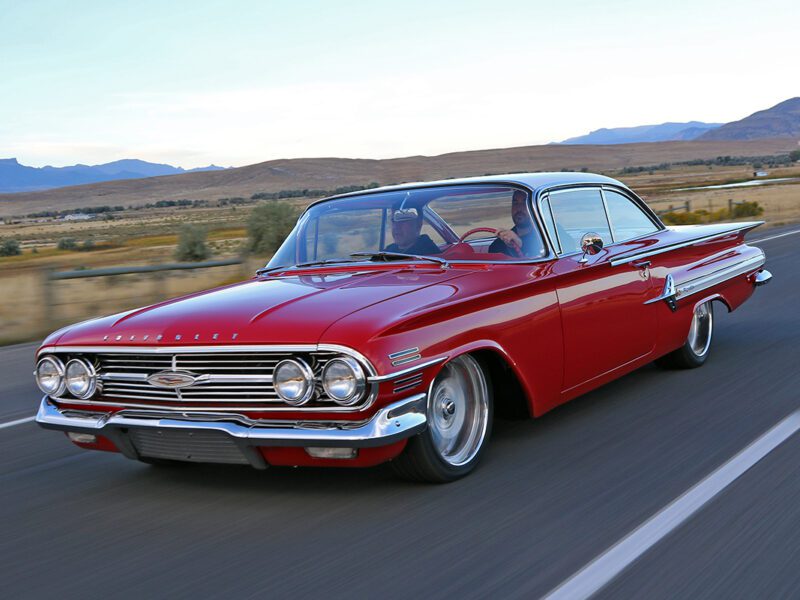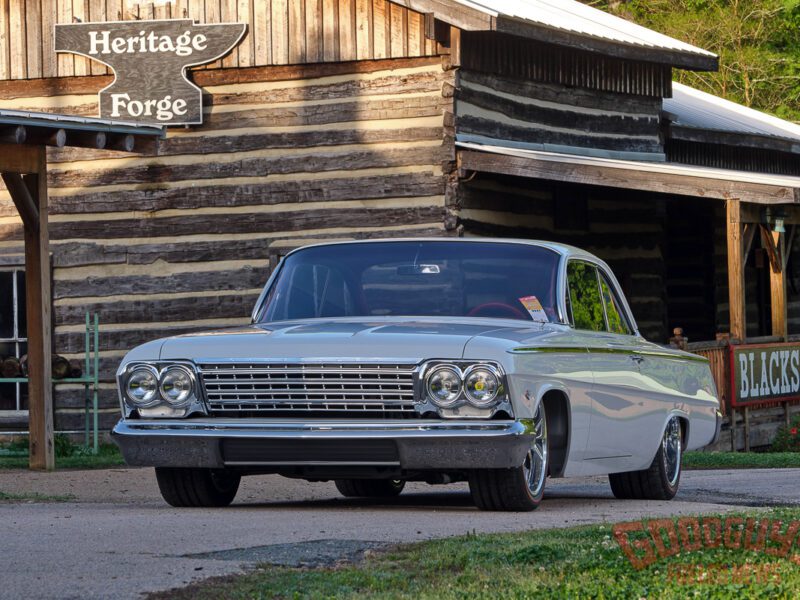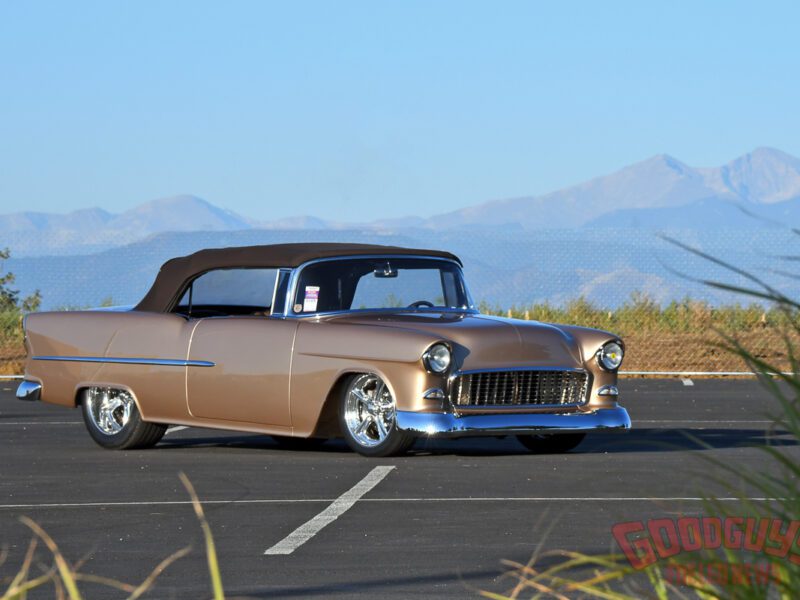Scott Chalk’s 409-powered 1962 Chevy Bel Air
While the exact number of 1962 Chevy Bel Air bubbletop coupes powered by a 409ci engine are hard to pinpoint, one thing is for sure about Scott Chalk’s Chevy. When your car was the subject of a Beach Boys hit song, you own a cool ride.
Scott owns a restoration shop in Pasadena, Maryland, so when he bought his ’62 a couple of years ago as an incomplete restoration, he knew what it would take to pull together a bunch of pieces into the finished project. For Scott, that meant worrying about details like finding factory-correct nuts and bolts with the correct plating and head markings.
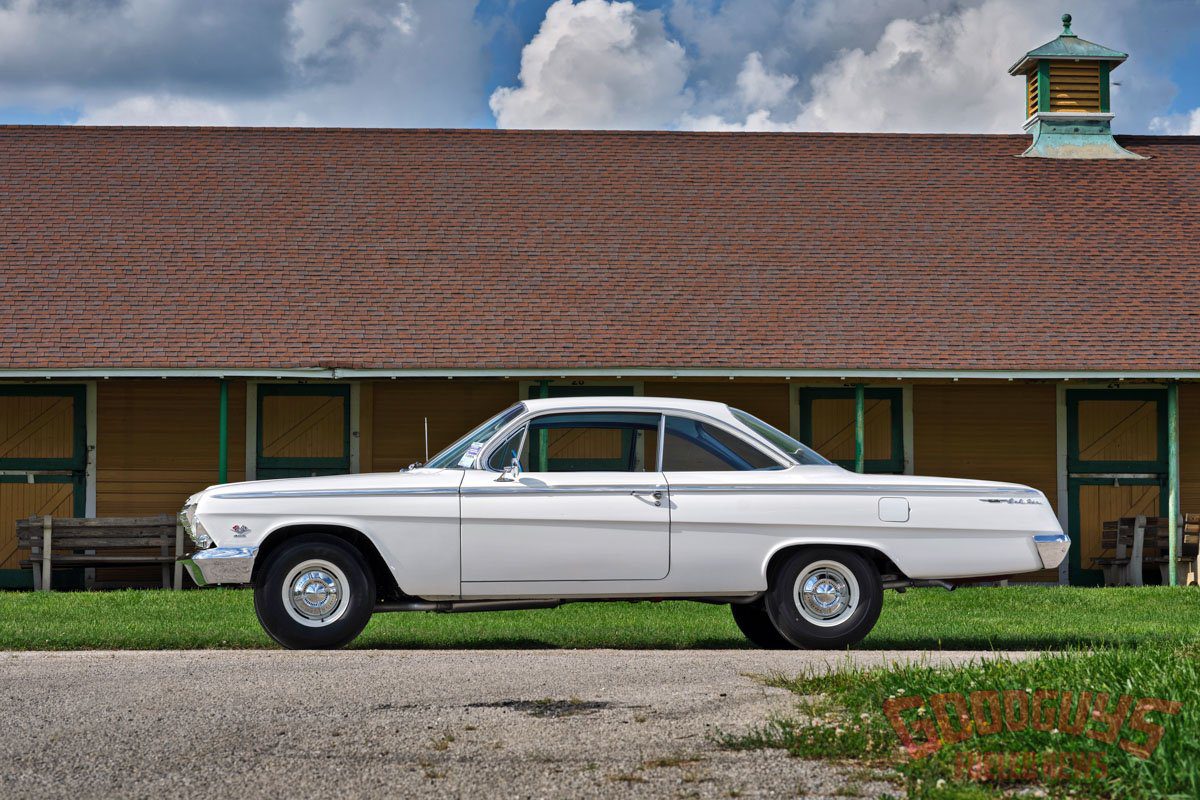
Production numbers for GM cars built in the ’60s are readily available, but some of the detail that you’d like to know – for example, how many of the nearly 6,000 Bel Air sport coupes built in 1962 were equipped with the iconic 409 big blocks – don’t appear to be available. The interweb is full of opinions, but not much more than that.
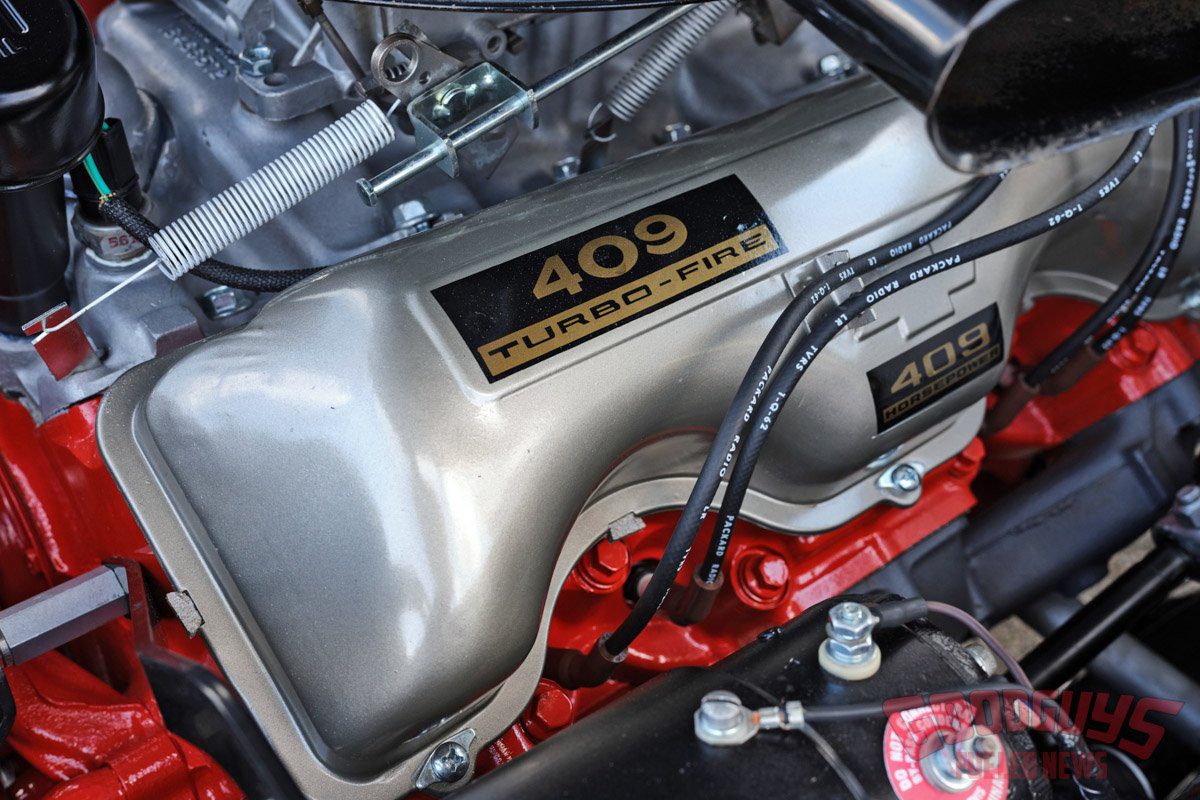
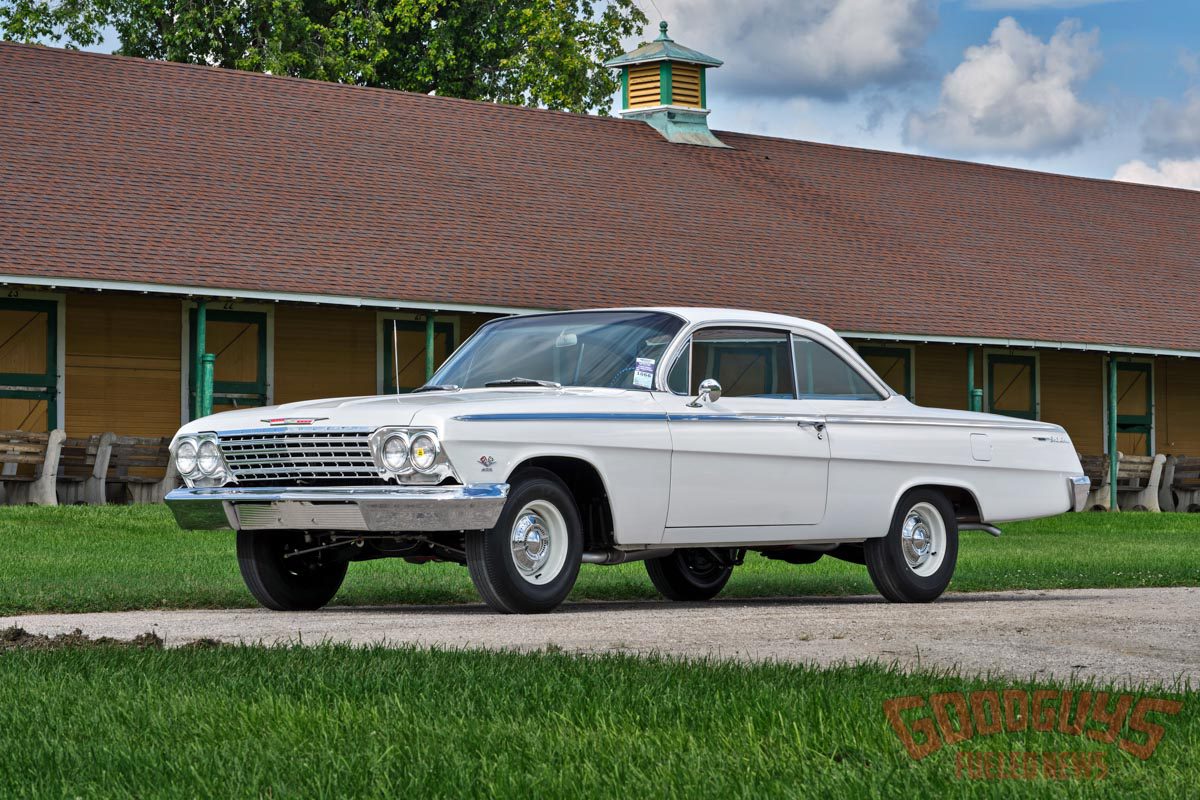
Regardless, Scott’s Bel Air illustrates GM’s evolving strategy in the emerging muscle-car wars. Before Pontiac engineers crammed a big-block V8 into the mid-size Tempest, their Chevy counterparts were equipping down-model Bel Airs with high-performance packages to compete in NASCAR and NHRA events.
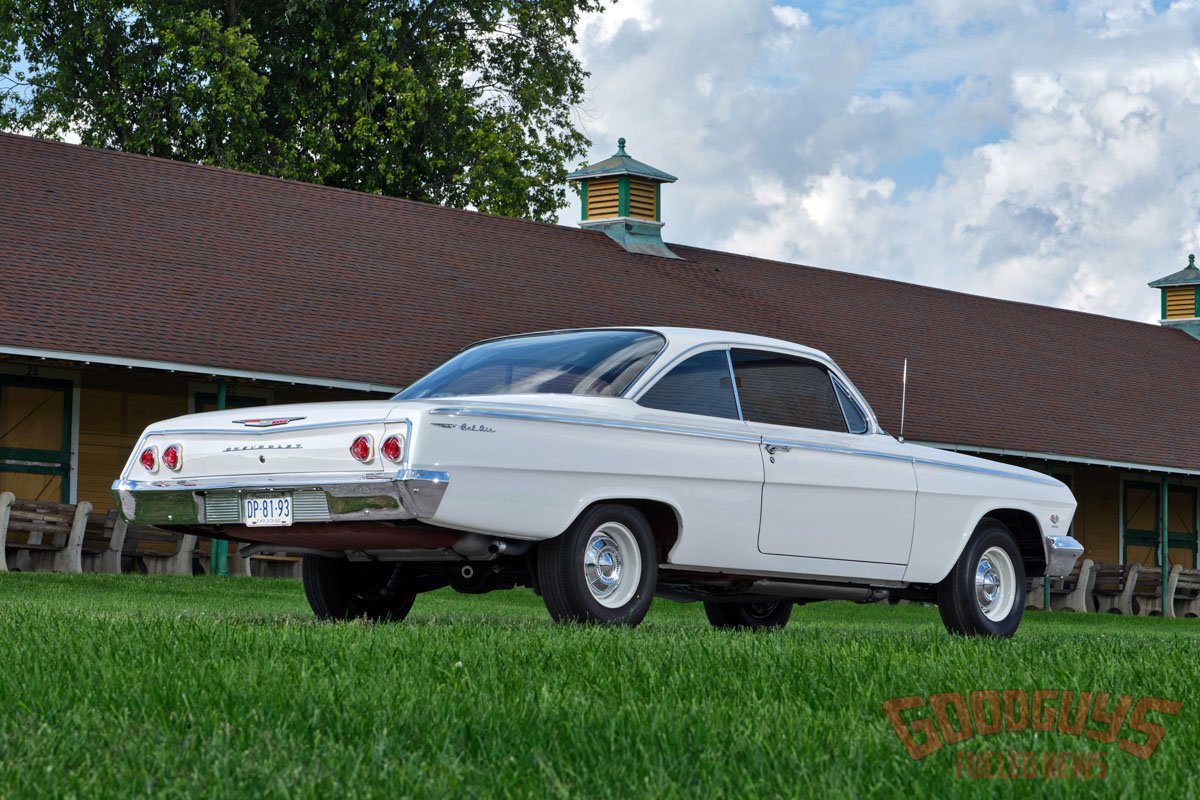
Scott’s Bel Air was assembled in the Chevy plant in Van Nuys, California, and features one-piece front and rear bumpers. The heart of this Bel Air is the 409-horsepower big block that features 11:1 compression and dual Rochester four-barrel carburetors. The power exits through factory exhaust manifolds and factory dual exhaust. Scott’s attention to detail is evident in the engine compartment – factory-correct wiring, hoses, clamps, decals, and more.

A Borg Warner T-10 four-speed transmission is connected to the 4.11 Positraction rear axle. Stock drum brakes front and rear handle the stopping chores for the nearly 3,800-pound car. BFGoodrich Silvertown 8.00-14 tires are mounted on 14×6 factory wheels.
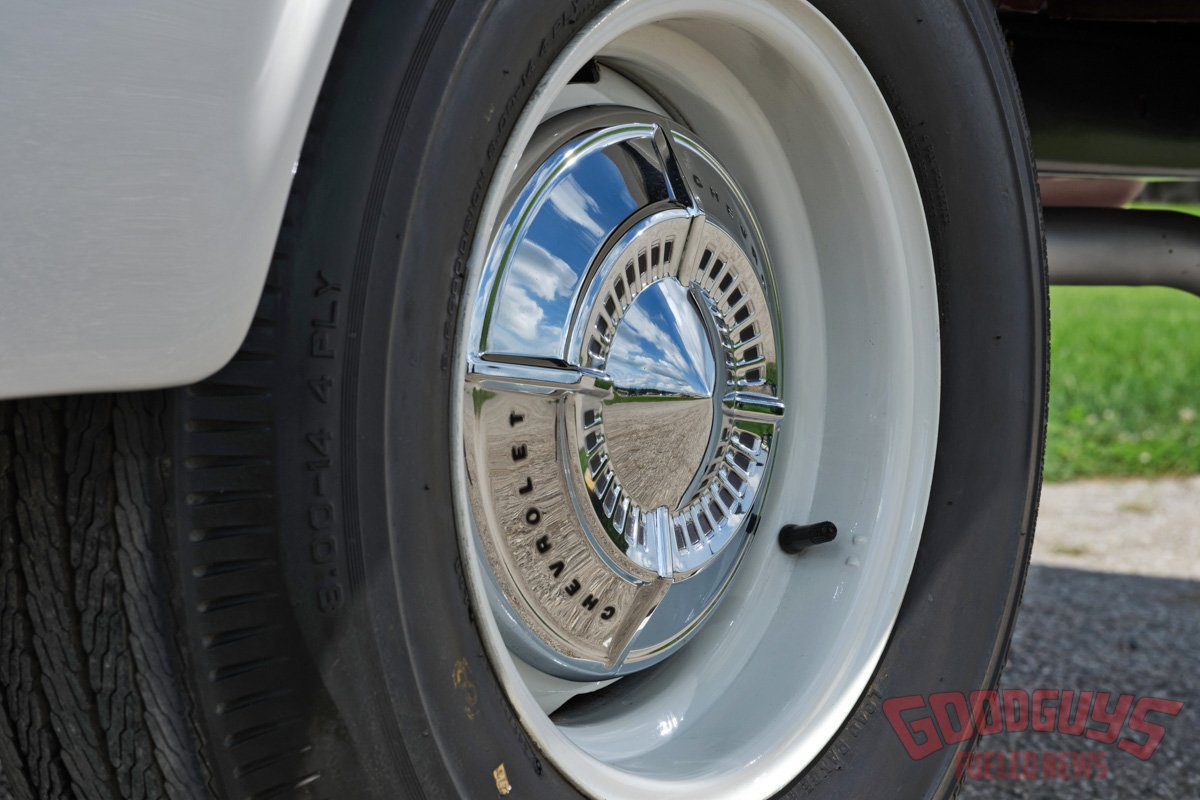
The bare-bones interior (bench seat, for example) is restored to original, using Ciadella reproduction materials. A factory tach is mounted on the steering column and a basic AM push-button radio resides in the restored dash. Ermine White paint covers the exterior sheet metal, adding to the “plain wrapper” appeal of this burly 1962 Chevy Bel Air.
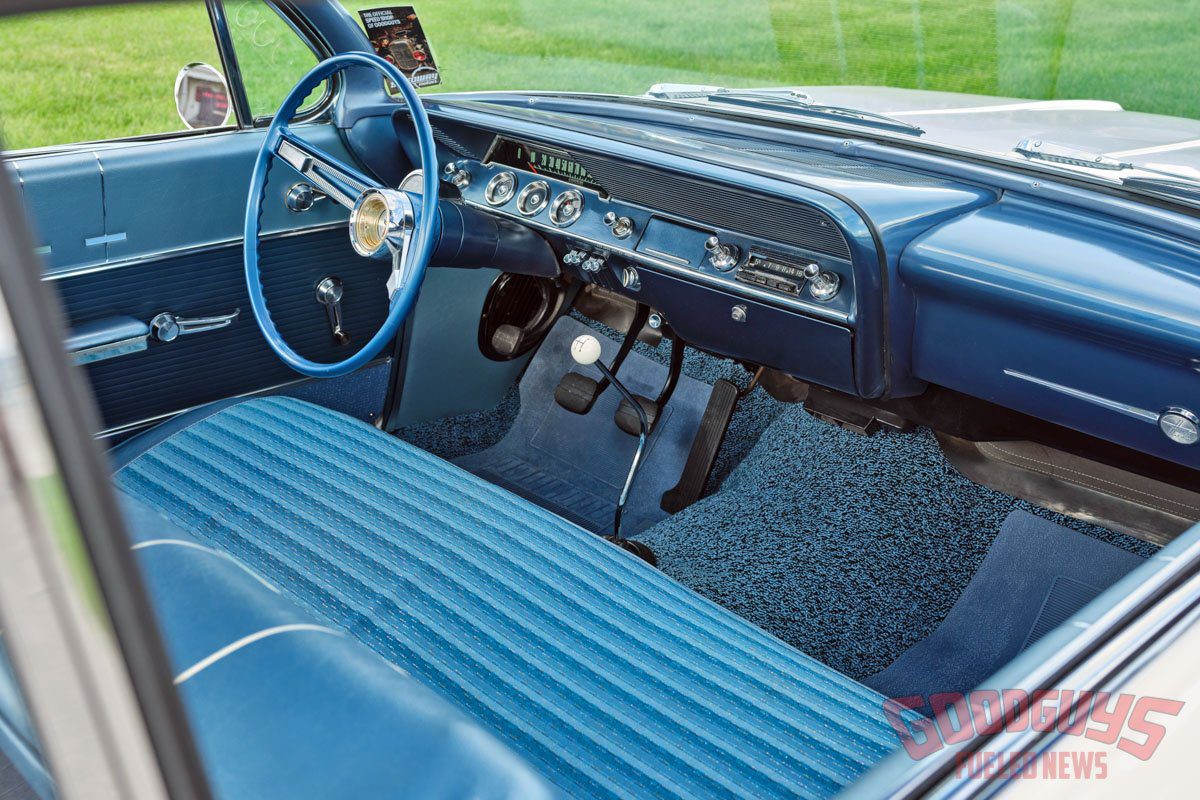
Scott’s earlier efforts to restore a ’59 Impala convertible that his father purchased originally in 1976 taught him the importance of the attention to detail required in restoration projects, including those pesky OE-spec nuts and bolts. You can see he took those lessons to heart, as this Bel Air resto is as accurate as they come.
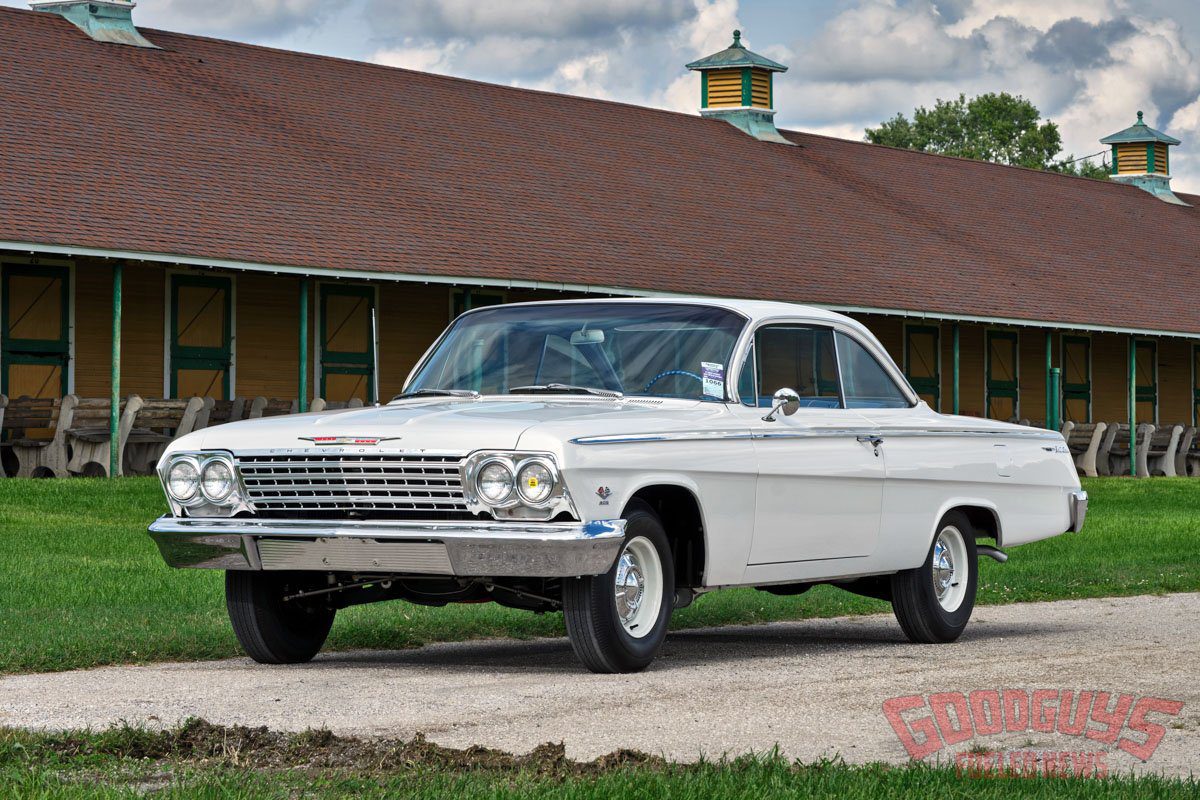
Photos by John Jackson


